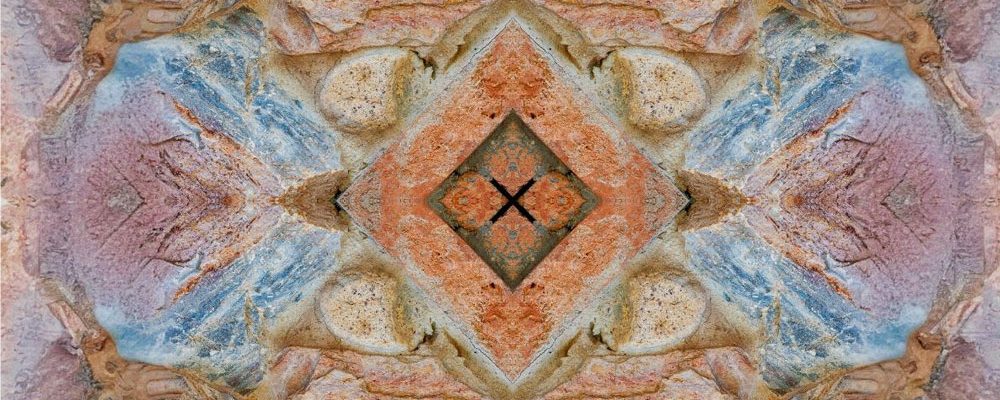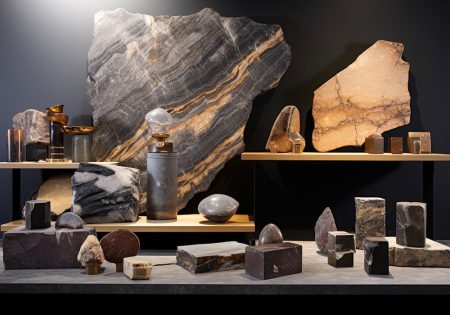Iranian natural stones, renowned for their exceptional quality and wide variety, are rapidly emerging as frontrunners in the global stone export market. The country has become one of the largest exporters of stone, with marble, granite, limestone, and travertine leading the charge. According to a recent International Trade Administration (ITA) report, the demand for Iranian marble and granite has seen consistent growth, particularly in Europe, the Middle East, and Asia.
Historical and Cultural Significance of Iranian Stones
Iran has a long tradition of stone craftsmanship that dates back thousands of years. The ancient Persians were known for their use of stone in monumental architecture, from the palaces of Persepolis to the intricate stone carvings seen in temples and royal tombs. This rich cultural heritage has contributed to the country’s deep understanding of the material and its use in construction and design.
Modern Techniques and Technological Advancements
In recent years, Iranian stone producers have made significant advancements in production methods. With the introduction of state-of-the-art mining and cutting technologies, Iranian stones have become more competitive on the international market. Stone World Magazine has reported that many Iranian quarries now use automated machinery, reducing the environmental impact of mining and improving the precision of stone cutting. This increased efficiency has allowed Iranian producers to meet the demands of high-end construction projects while maintaining sustainability.
Global Demand and Market Trends
The growing demand for sustainable and high-quality materials in construction projects is one of the driving factors behind the success of Iranian stones. In fact, a report from Stone World Magazine reveals that the global stone market is projected to grow by 6% annually in the next five years, with Iranian stones being a key player in this growth. International demand for Iranian stones has been particularly strong in regions like Europe, the Middle East, and North America, where there is a rising trend towards using natural, durable, and aesthetically unique materials.
Sustainability and Eco-Friendly Practices
Iranian stone producers have also prioritized sustainability in recent years. Many quarries now use environmentally responsible mining methods to reduce the ecological impact of stone extraction. The Ministry of Industry, Mines, and Trade in Iran reports that the country’s stone industry has invested heavily in green technologies, including waste recycling systems and energy-efficient machinery. As the construction industry worldwide places greater emphasis on sustainability, Iranian stones are becoming the preferred choice for green building projects.
Conclusion
As global demand for sustainable and high-quality building materials increases, Iranian stones are poised to take a leading role in the international stone export market. With their rich history, technological advancements, and commitment to sustainability, Iranian stones will continue to make a significant impact on the global construction industry.




